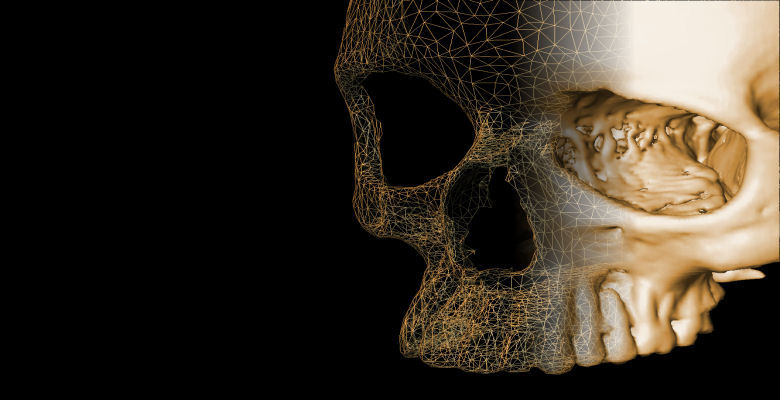A Virtual Museum

Universities, companies and museums have joined forces to develop a new way of presenting artefacts in three dimensional virtual reality.
DigiArt is a Europe-wide project aimed at providing a new, cost efficient solution to the capture, processing and display of cultural artefacts.
This will change the ways in which the public interact with cultural objects and spaces in a dramatic way. It has been developed by a consortium of seven academic, industrial and museum partners: Liverpool John Moores University, The Centre for Research & Technology, Hellas (CERTH), Centre national de la recherche scientifique (CNRS), The Museum of the Royal Tombs of Aigai, Pix4D, Scladina Cave Archaeological Center and Vulcan UAV Ltd.
The project, which received €2.3 million of its funding from the European Union under Horizon 2020, sets out to develop complex software to identify objects and automatically extract their meaning which will result in what the project terms, "the internet of historical things", available anywhere, at any time, on any web-enabled device. A person connected to the internet will be able to hold a virtual museum object and will be able to find other similar object elsewhere in the museum, or in a museum in a different country. The ambition is to present artefacts, linked to their context, in an immersive display with virtual and/or with augmented reality. This virtual reality will be the "story telling engine" that builds the context around the objects.
The diversity of the objects and spaces of the test museums will challenge the engineers to provide a tool useful for all museums in the future. This may go from using Unmanned Aerial Vehicle UAVs (drones) to fly and record large sites, to using scanners to record fine jewellery.
Professor David Burton, who leads the LJMU Drones Research Laboratory, and is Director of the General Engineering Research Institute said:
"LJMU is really excited to be leading this multidisciplinary international project. We are bringing together two worlds; firstly the archaeologists and anthropologist who understand the science of uncovering and interpreting the past; and secondly the engineers, computer specialists and UAV/drones researchers who have the knowledge and skills to capture this past in 3D and display it in exciting accessible new ways. Working together these form a team that will change the way we experience our past."
"Starting with highly efficient aerial and terrestrial 3D data capture and working through advanced state-of-the-art computer modelling techniques we aim to create a system that will enable museum visitors to be immersed in a virtual reality world that will give them a much richer experience and enable them to understand how specialists find out what life was like in a Neanderthal cave in Belgium, at the court of Phillip II of Ancient Greece in 300BC or in a Medieval town in England."
Dominique Bonjean from Scladina Cave, Belgium, said:
"This exciting project and the developed technology offers many possibilities. In the case of Scladina Cave, it will enable our visitors to experience in augmented reality our prehistoric cave. It will be as if they were present all these years ago when Neanderthals left their tools here and how we, as archaeologists, interpret the past from the layers of stone tools and bones we find inside."
This project has received funding from the European Union’s Horizon 2020 research and innovation programme under grant agreement No 665066”



